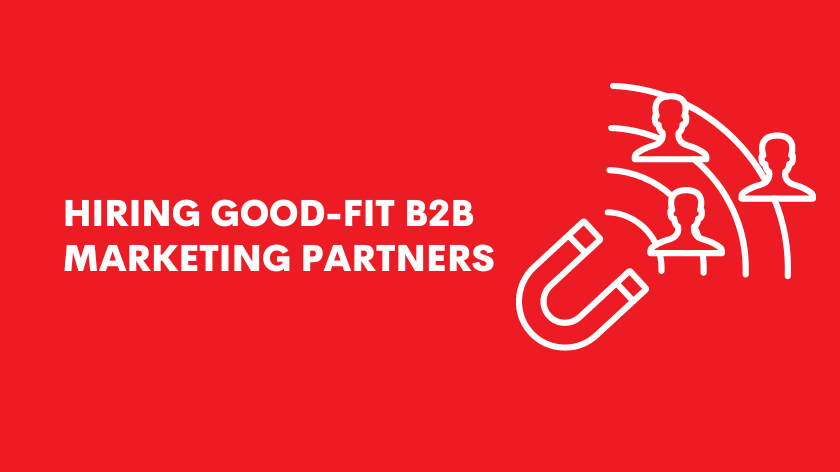
Over 80 percent of people will search online for a product or service before purchasing it. Building a strong online presence is highly encouraged to help more customers find you and make your brand impossible to ignore in the digital world.
Below, you will learn how to increase your business’ online presence effectively.
1) Have a Website
Having a website increases the chance to be discovered online. It also helps you always be available for giving business information, such as who you are, what you sell, and how to contact you.
Create an appealing site that follows responsive web design principles. Almost 40 percent of people will stop engaging a website if they find the content unattractive. Hire a web designer or consider using a website builder that includes free hosting for a more affordable option.
2) Publish High-Traffic Content
Content is the root of a successful organic marketing strategy, which develops brand awareness and attracts steady traffic to your website.
Use these types of content to build an online presence:
- Listicle posts: Are easy to scan and read. The topics include tips, recommendations, and strategies.
- How-to posts: Walk readers through the steps of a task or lesson.
- Expert interviews: Two-way discussions can generate deep thoughts about the industry. Consider writing about the biggest mistakes made in the niche and successes or their advice to the community.
- Industry News: Examples of this type of content are regulatory changes, conferences, and product updates.
3) Focus on Website SEO
Search engine optimization (SEO) is a powerful technique to boost your online presence since it increases your website’s visibility in the search engine result pages.
There are three areas of SEO to focus on.
- Off-page SEO: Focuses on the external factors that don’t happen within the website, like social media interactions and inbound links.
- On-page SEO: Refers to SEO elements you can create and control on your website, like keyword optimization and content quality.
- Technical SEO: Means any action on the website’s backend, like URL structures and mobile responsiveness.
To improve the local search visibility, apply local SEO techniques. Create a Google My Business account and write blog posts around local news and activities in your niche.
4) Start Guest Posting
Guest posting helps you reach a broader audience. Readers from other sites will discover you and visit your business website if they think the post is valuable. It also multiplies the authoritative links, which can improve the SEO quality.
Find guest posting opportunities on online communities like MyBlogGuest or guest posting sites like myHQ Digest and YourStory. Ensure the sites are relevant to your industry and have good online authority.
5) Create Interactive Content
Interactive content needs active participation from the audience. It gives a more fun experience than static content, like articles or videos, and encourages the audience to share it with their friends.
Several types of interactive content are:
- Quizzes
- Calculators
- 360° videos and walkthroughs
- Augmented reality overlays
- Surveys and polls
6) Engage with Your Target Audience
Engagement metrics on websites, like bounce rate, page views, and time spent on site, matter to Google. Thus, a better engagement rate will lead you to a better position on the search results page, helping you get more clicks.
Facebook also determines the order of news feed based on the number of comments, likes, and shares. Those metrics indicate that a certain post is interesting for the audience.
To engage with your audience, keep the conversation going on forums and in the comment section. You can also utilize social media features, like holding Q&A sessions and creating polls.
7) Build an Email List
Email marketing helps you connect with the target audience in a more personalized way as you can send them personalized messages. However, successful email marketing begins with building a high-quality email list.
Build your email list by:
- Creating a sign-up form: Place the form as a popup message across pages on your website and include a call to action to subscribe.
- Getting an email marketing service: Helps you organize the email list and send emails to them.
- Enticing the audience with giveaways and promotions: Give something back to the subscribers, like free e-books or access to your online community and events.
8) Leverage User-Generated Content and Social Proof
Encourage users to post reviews and pictures related to your business. User-generated content (UGC) can be an excellent form of social proof as it builds a more authentic and honest brand image.
Send post-purchase emails and remind them to review your products or services. You can offer a discount for those who share photos of the products on social media. Don’t forget to thank them and feature their photos on your business account to inspire more people to do the same.
9) Experiment with Paid Ads and Influencer Marketing
The previous steps are considered organic marketing strategies, meaning you don’t use paid methods for acquiring leads and visitors. Yet, spending money for paid advertising and influencer marketing can be a great investment to boost online presence.
Before spending, pick the best platform to place the ads and involve the influencers. Consider on which platform your target audience spends the majority of their time.
Then, design an objective, like gain customer information or increase engagement. Define the metrics to help you transform the vague goal into accurate numbers and measure the performance. Plan the budget to stay within a safe spending zone.
10) Analyze and Tweak Your Strategy As You Go
After applying the strategies above, analyze the performance to get valuable insights on which strategies work the best, then improve your online marketing strategies based on the data.
Here is a list of tools to track the business’ success:
- Google Analytics: See the number of users and page views and how they navigate the site, and find which content drives more traffic.
- Paid analytics tools: Provide more in-depth analysis, including competitors’ review, backlink audit, and SEO tools. Examples of these tools are SEMrush and Ahrefs.









